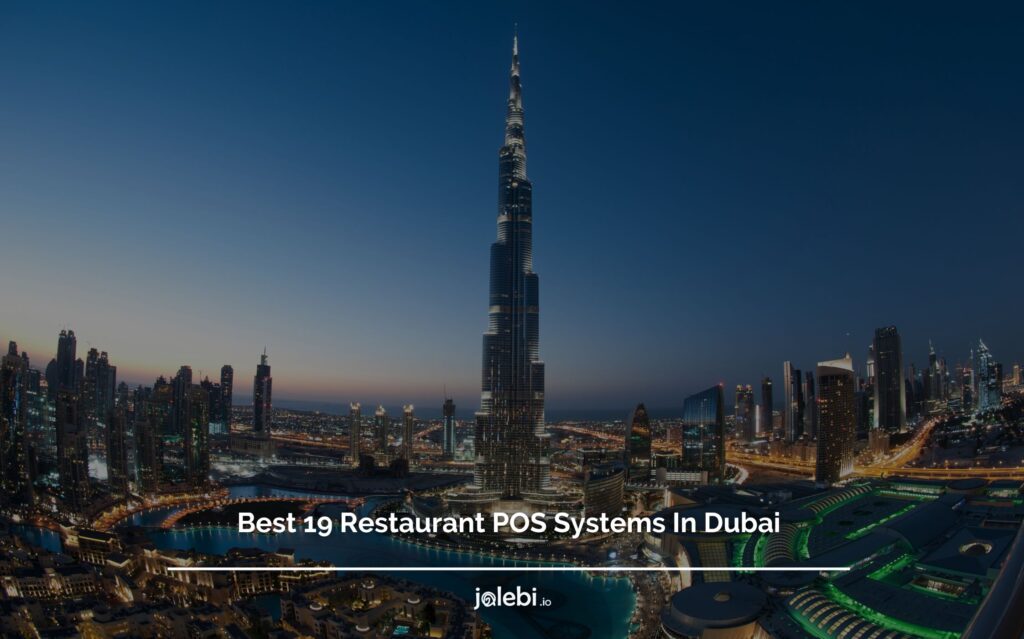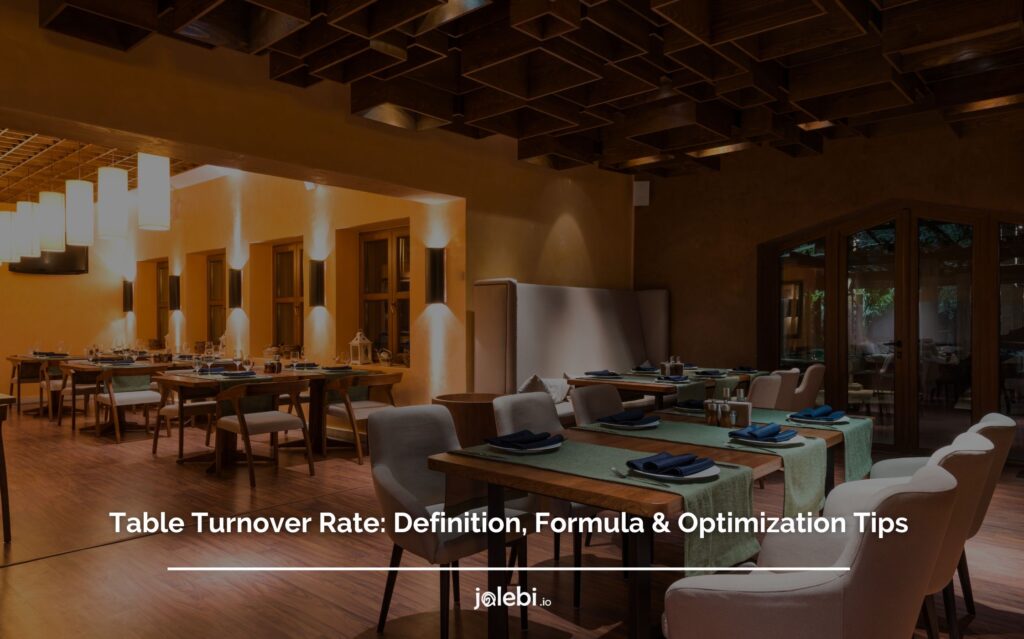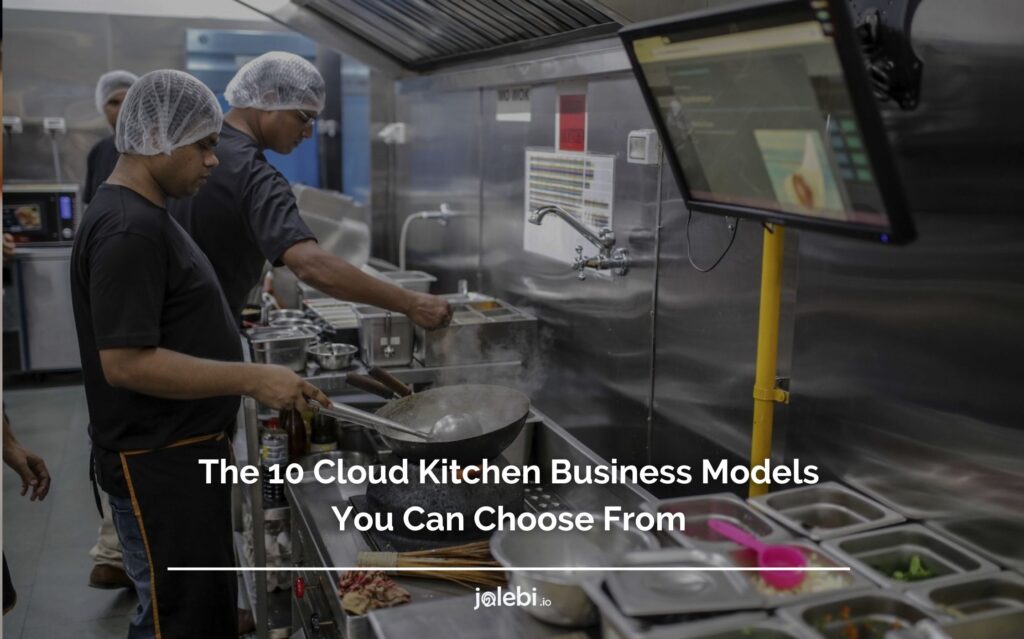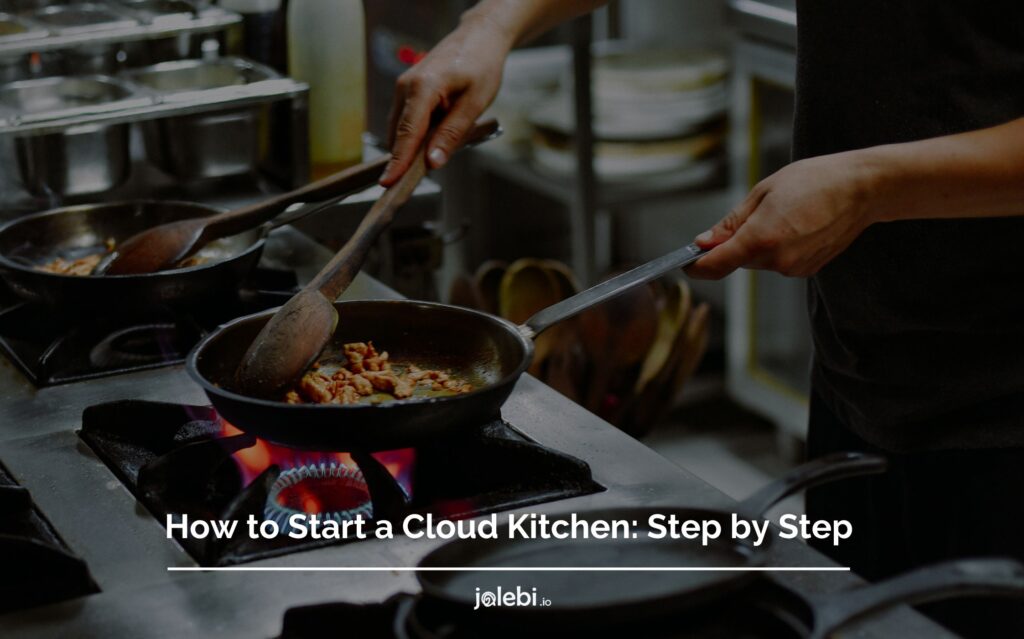Table of Contents
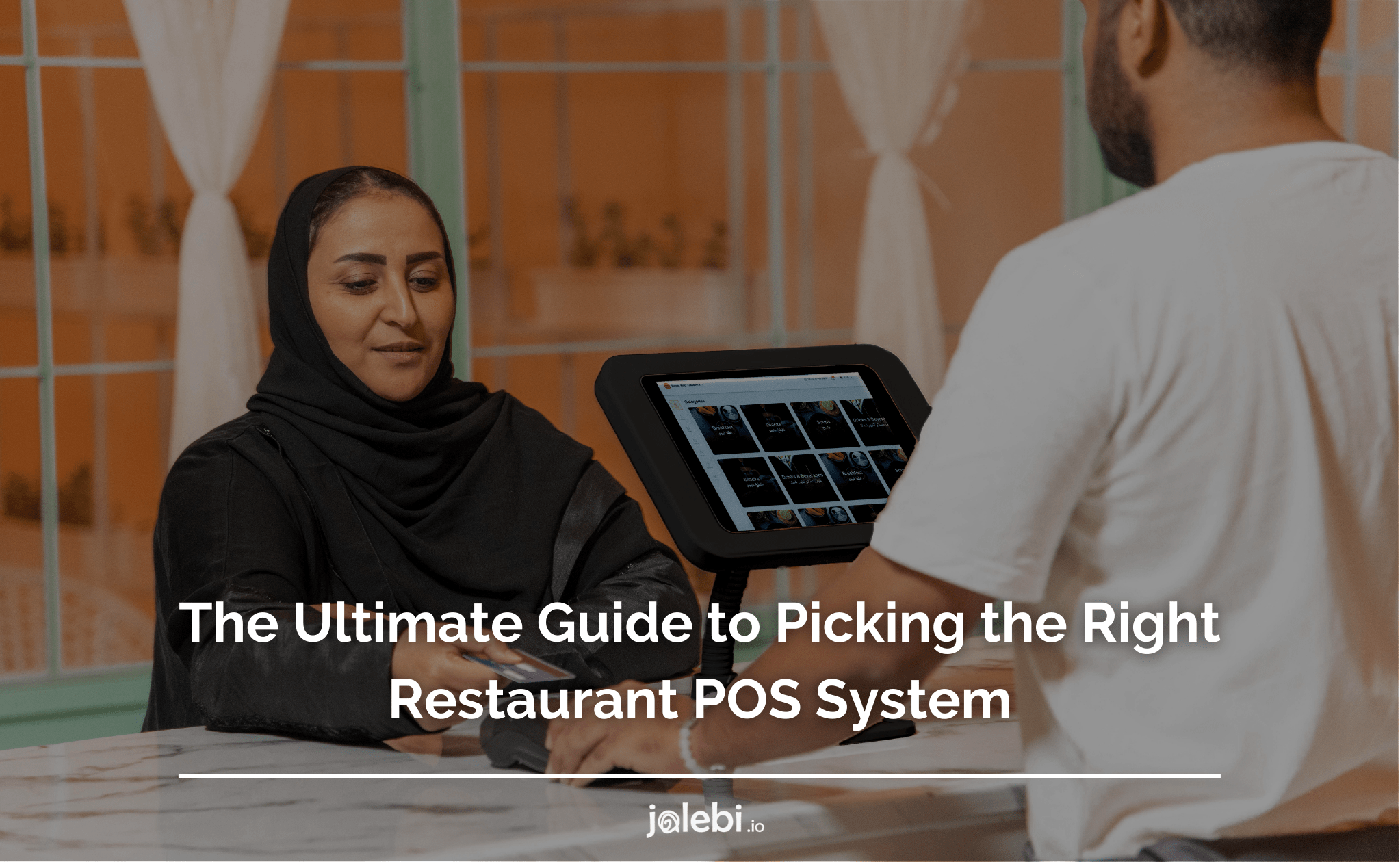
If you’re in the market for a restaurant pos system, you’re likely feeling overwhelmed by all your options for different POS systems for restaurants.
There are so many different features and functions to consider, not to mention the various pricing plans and providers for different POS systems for restaurants.
How can you be sure you’re making the right decision where there are so many different restaurant point of sale systems?
The good news is that there is no perfect system.
The key is to carefully assess your needs and choose a system that fits your unique situation.
In this guide, we’ll walk you through restaurants pos systems and show you how to find the best option for your restaurant.
Let’s get started!
What is a POS system in a restaurant?
A Restaurant POS (Point of Sale) system is a software and hardware solution that facilitates and streamlines the operations of restaurants.
Restaurant POS system features
Order Processing
One of the primary functions is to assist with order processing.
When a customer places an order, whether at the table or the counter, the order details are entered into the POS system.
Then, the kitchen receives clear and timely communication about what needs to be prepared.
Payment Processing
Answering “How does a restaurant POS system work?” would be incomplete without discussing payment processing.
The POS system allows customers to pay for their meals using various methods such as cash, credit/debit cards, and even mobile payments to process these transactions securely and efficiently.
Inventory Management
Today, many POS systems come with integrated inventory management to facilitate restaurant owners who want to learn how to use POS system in restaurants.
Every time a dish is ordered, the system subtracts the used ingredients from the inventory, giving real-time updates about stock levels to help restaurants manage their supplies and avoid wastage or shortages.
Employee Management
Wondering how to use POS system in restaurant for employee management?
These systems also streamline employee management by tracking work hours, shifts, and even sales performance.
It provides valuable insights for restaurant owners and managers to evaluate and optimise staffing requirements.
Reporting and Analytics
Another core function that answers the query of “How does a restaurant POS system work?” is its ability to generate reports and analytics.
So, if you want to learn how to use POS system in restaurant for maximum benefits, remember that restaurant owners can gain insights into their best-selling dishes, peak business hours, customer preferences, and more.
The data is crucial for making informed decisions to improve business operations and customer experience.
Benefits Of A Restaurant POS System
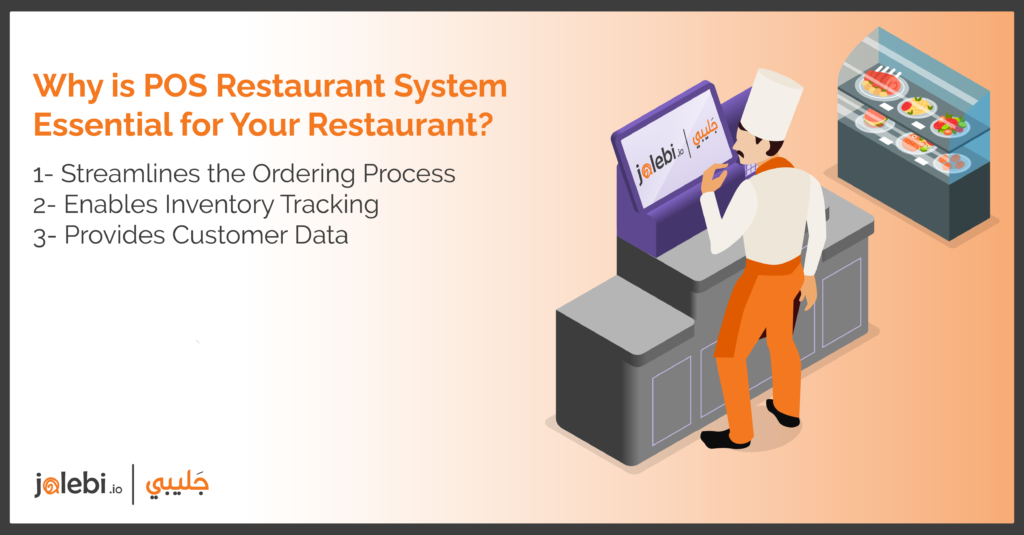
POS system in restaurants is necessary for any restaurant that wants to be successful. Here are three reasons why.
Here are three benefits of restaurant POS systems that show why having one is essential in 2023.
1. Streamlines the Ordering Process
Choosing a restaurant POS system helps to streamline the ordering process which is one of the main benefits of restaurant POS systems.
Orders placed by customers are instantly relayed to the kitchen, eliminating the need for staff to physically deliver order tickets, which minimizes miscommunication and human errors.
The system can also keep track of complex orders and special dietary requests, ensuring that customer requirements are accurately met.
Furthermore, a different POS systems for restaurants allows for quick adjustments or additions to orders, further improving efficiency and accuracy.
Consequently, the service becomes faster and smoother, enhancing the customer experience and potentially increasing table turnover rates.
2. Enables Inventory Tracking
A POS system for restaurants can help to follow inventory levels.
Knowing exactly how much of each ingredient is on hand at any given moment is critical in the restaurant business.
It prevents scenarios where certain dishes cannot be prepared due to lack of ingredients, a situation that could lead to customer dissatisfaction.
Additionally, with the system tracking which items are selling well, it aids in making informed decisions about what to order and when, reducing waste and saving money.
This feature also helps in menu planning, allowing restaurants to focus on dishes that use ingredients that are in stock, reducing spoilage and optimizing ingredient usage.
3. Provides Customer Data
Another benefit of restaurant POS systems is that it can help to provide customer data.
This data includes information about purchasing behaviors, most popular dishes, peak hours, and even customer preferences and allergies if recorded.
With this data, restaurants can tailor their services to meet their customers’ specific needs and preferences, leading to increased customer satisfaction and loyalty.
For example, they can remove underperforming dishes from the menu or offer targeted promotions based on popular items or during slow business hours.
Also, data about returning customers can be used to create personalized marketing campaigns or loyalty programs, further enhancing customer relations and boosting business.
In short, the benefits of restaurant POS systems show that they are necessary for any business that wants to operate efficiently and effectively.
Any restaurant that does not have a POS system is at a disadvantage compared to those that do.
What to look for in a POS restaurant software?
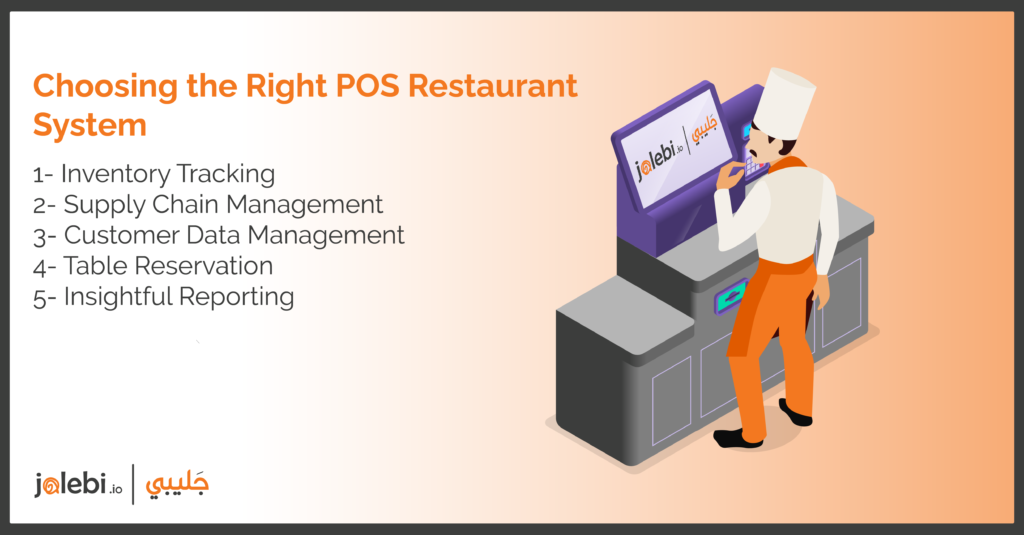
Choosing the best POS system for your restaurant can be a daunting task. With so many options on the market, it’s essential to take the time to find the one that best suits your needs.
What are some of the most important things to consider before buying a POS system in 2023?
When searching for a POS system, remember the following factors to make the right decision.
1- Inventory Tracking
When looking for things to consider before you buy a POS system, look for one that includes inventory tracking. This feature will save you time and money by helping you to keep track of your stock levels and avoid overordering.
It can also help you to control your costs by allowing you to track how much of each product you’re using and identify any areas where you may be overspending. Some restaurant POS systems can also offer recipe costing, which can help you ensure that you price the dishes appropriately.
In addition, by having real-time information on your inventory levels, you can more effectively manage your food cost and ensure that your menus are updated with the freshest ingredients. Ultimately, a restaurant POS system with inventory tracking will help you to run a more efficient and profitable business.
2- Supply Chain Management
When running a successful restaurant, there are many factors to consider. Finding a POS system that meets all your needs is one of the most important. While there are many different features to consider, one of the most important is supply chain management.
A sound POS system will ensure you always have the supplies you need on hand. It will also allow you to track orders and monitor vendors to ensure you get the best possible prices.
A POS system with supply chain management can save you time and money, so it is worth considering when choosing a POS system for your restaurant.
3- Customer Data Management
Choose a POS system with a strong customer data management feature. A good customer management system will help you keep track of your customers’ orders, preferences, and contact information. This will allow you to provide better customer service and build loyalty. In addition, a good customer management system will also help you manage your data more efficiently.
With all of your customers’ information in one place, you’ll be able to generate reports and make better decisions about your business quickly. So It could make all the difference in the success of your business.
4- Table Reservation
Always look for a table reservation feature in the POS system if you are looking for things to consider before you buy a POS system. It can be a great way to optimize your seating arrangements and ensure that your guests are comfortable. In addition, a table reservation system can help you to keep track of your reservations and avoid overbooking.
This feature will allow you to keep track of your customers’ reservations, as well as their contact information. You can follow up with them after their meal to ensure they had a positive experience. Additionally, seeing how many people are seated at each table will help optimize your waitstaff’s time and keep things running smoothly.
A table reservation system can streamline your operations and provide a better experience for your guests. So be sure to look for a POS system that offers this valuable feature.
5- Insightful Reporting
When choosing a POS system for your business, selecting one that offers a robust reporting feature is important. This feature will allow you to track sales patterns, identify slow days and peak times, and make well-informed staffing and inventory levels decisions.
Look for a system that offers a wide range of reports, including sales, inventory, and customer trend reports.
In today’s competitive marketplace, having access to this data type can give you a significant advantage over your rivals. So when choosing a POS system, be sure to select one that offers reporting capabilities. Your business will be glad you did.
How to use POS system for restaurant?
Using a POS system effectively in a restaurant involves a multi-faceted approach to streamline operations and enhance the overall dining experience.
Firstly, it’s crucial to select the right POS system tailored specifically for the restaurant industry. Look for features such as intuitive order management, table layout functionality, integration with a Kitchen Display System (KDS), and the ability to customize menus.
A system designed with these capabilities will facilitate smoother transactions and better communication between the front-of-house and kitchen staff.
Once you’ve chosen the appropriate POS system, the next step is to set it up according to your restaurant’s unique requirements.
This involves configuring menu items, prices, and categories. Establish user roles and permissions for staff members to ensure secure and controlled access.
Training your staff on how to use the system is paramount. They should be proficient in inputting orders accurately, specifying modifications, and assigning orders to tables or takeaway, depending on your restaurant’s setup.
Effective table management is a key aspect of using a POS system in a restaurant. Utilize the table layout feature to efficiently manage dine-in orders.
This includes assigning orders to specific tables, merging or splitting checks, and tracking the status of each table’s order.
Integration with a Kitchen Display System (KDS) further enhances order processing by providing real-time updates to kitchen staff, reducing errors and speeding up order preparation.
Beyond basic transactional functions, leverage additional features of the POS system to enhance overall restaurant operations. Implement inventory tracking to monitor stock levels and prevent overordering.
Use customer relationship management (CRM) features to collect valuable customer data, track preferences, and implement loyalty programs. Regularly review reports and analytics provided by the POS system to gain insights into sales trends, peak hours, and popular menu items.
Restaurant POS systems list: Top 12 systems available

There are many different restaurant POS software on the market, but not all are equal. To help you make the best decision for your business, we’ve compiled a list of top restaurant pos systems available.
Let’s Start
1- jalebi.io
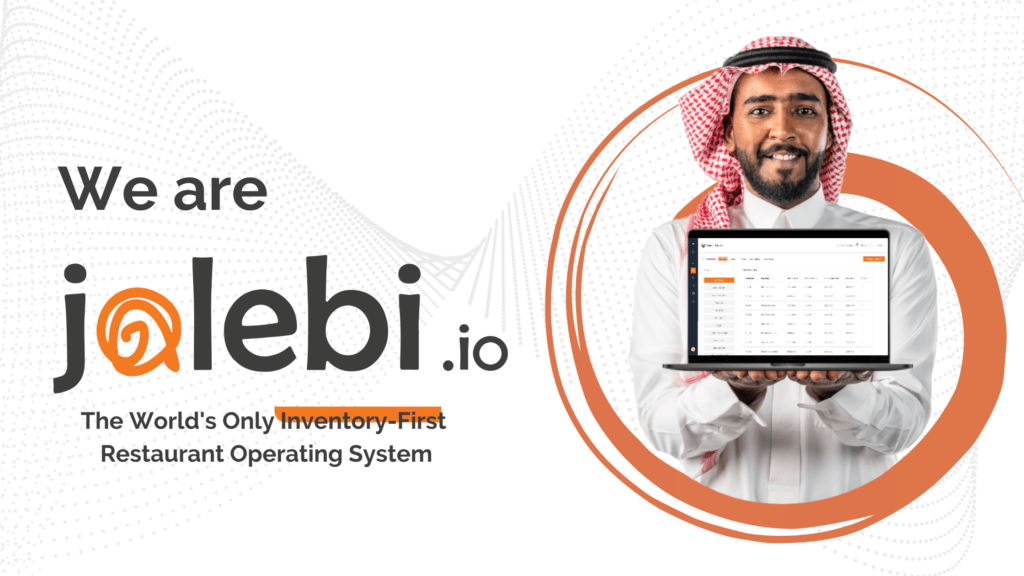
If you’re looking for the best restaurant pos software that can handle your restaurant operations from start to finish, jalebi.io should be on top of your list.
With jalebi.io, you can manage your inventory, track your sales, and process payments – all in one place. Our built-in reporting tools give you the insights you need to run your business efficiently.
Features
– Synced menus and recipes to check consumption level and manage restocking.
– Order visualizations to track sales data.
– Inventory and menu integration so that restaurants never run out of stock.
– Universal menu that allows you to synchronize menus across multiple branches.
– Data analytics to generate insightful reports that support better decision making.
2- Toast POS
If you’re looking for a reliable and user-friendly restaurant point of sale software, Toast is worth considering in our list of restaurant POS system comparisons.
Toast is a type of POS system for restaurants that o offers many features, such as table management, customer tracking, inventory management, and gift card support. It also offers a free trial period and competitive pricing.
With Toast, you can accept payments via credit card, Apple Pay, and Android Pay. The Toast restaurant POS software works seamlessly with other Toast products, such as the Toast Kitchen Display System and the Toast Mobile App.
This type of POS system for restaurants is a great option for restaurants looking for a comprehensive and easy-to-use restaurant POS software .
3- Chameleon
The third in the list of POS software for restaurants comparisons is Chameleon.
Chameleon is one of the most user-friendly restaurant POS software when it comes to types of POS systems for restaurants. Its sleek interface is easy to navigate, and its features streamline your workflow.
Chameleon offers powerful tools for managing inventory, processing payments, and tracking sales data.
But what sets Chameleon apart from other restaurant POS software is its versatility. With Chameleon, you can customize your point of sale to fit your unique business needs. Whether running a small retail store or a busy restaurant, Chameleon has the features you need to run your business more efficiently.
So why wait? Try Chameleon today and see how easy it is to take your business to the next level.
4. TouchBistro
If you’re looking for an affordable restaurants pos software, TouchBistro should definitely be on your list.
By utilising the iPad’s intuitive interface, TouchBistro offers a user-friendly experience that users can efficiently navigate.
Features
– It comes as a handheld restaurant POS system that facilitates portability.
– The menu management feature of this handheld restaurant POS system enables restaurant managers to update the menu pricing, description, and dishes swiftly.
– The system offers integrated payment solutions through partnerships with leading payment providers
So if you are looking for a handheld restaurant POS system to manage your restaurant operations, don’t forget to check out TouchBistro.
5. Upserve
Upserve stands out as one of the best restaurant POS systems, equipped to offer insights into various aspects of restaurant operations, including sales, menu trends, and staff performance.
As Upserve focuses on user experience, its intuitive interface ensures a shorter learning curve for staff.
Features
– Comprehensive inventory management system
– Efficient employee management system
– Enhanced customer service and targeted marketing
Therefore, we recommend you to check out Upserve if you want to streamline your restaurant operations in 2023.
6. Revel Systems
Revel Systems is a POS system that caters to a wide range of industries, including retail and marketing, but its role in the restaurant sector is quite notable.
Features
– Facilitates loyalty program integration
– Ensures smooth delivery management
– Streamlines the communication between kitchen staff and the delivery team
– A unique selling point for Revel Systems is its offline mode, which guarantees continuous service without an internet connection too.
7- Foodics
Next on the list of restaurant pos systems is Foodics.
Foodics POS system is one of the most popular restaurant pos systems available. It’s a cutting-edge point-of-sale solution designed specifically for the unique needs of the food and beverage industry. Known for its user-friendly interface and robust features, Foodics streamlines operations for restaurants, cafes, and other food establishments.
One notable aspect of the Foodics POS system is its comprehensive functionality, covering everything from order management and inventory tracking to employee management and customer engagement. This cloud-based system allows businesses to access real-time data and analytics, facilitating informed decision-making.
With features like customizable menus, integrated payment processing, and seamless order management, Foodics empowers businesses to enhance efficiency, reduce errors, and provide an enhanced customer experience.
Read more: Best Foodics Alternative in Saudi Arabia
8- Odoo
Odoo is a versatile and comprehensive pos system for small restaurant that integrates various applications to streamline and automate business processes.
Developed with an open-source framework, Odoo offers modules for a wide range of functionalities, including accounting, human resources, inventory management, customer relationship management (CRM), and e-commerce.
One notable feature of Odoo is its modular structure, allowing businesses to choose and customize the specific modules that best fit their requirements.
This scalability makes Odoo suitable for both small businesses and large enterprises across various industries.
9- Square POS
Square POS is a widely popular and user-friendly point-of-sale system that caters to the needs of small and medium-sized businesses across various industries. Known for its simplicity and ease of use, Square offers both software and hardware solutions, making it accessible to businesses with diverse needs.
Key Features
– Payment Processing: Square enables businesses to accept various payment methods, including credit cards, contactless payments, and mobile wallets.
– Inventory Management: Users can track and manage their inventory in real-time, set up stock alerts, and organize products with categories and variations.
– Sales Analytics: Square provides detailed analytics and reporting tools, allowing businesses to gain insights into sales performance, customer behavior, and more.
– Employee Management: Businesses can use Square to manage employee permissions, track hours, and monitor sales performance by staff members.
– Customer Relationship Management (CRM): Square includes basic CRM features to store customer information, track purchase history, and create loyalty programs.
10- Clover POS
Clover POS is a comprehensive and versatile point-of-sale system that caters to a wide range of businesses, from small retailers to larger establishments in the hospitality industry.
Developed by First Data Corporation, now Fiserv, Clover POS stands out for its sleek hardware design and intuitive software interface. The system offers various hardware options, including the Clover Station, Mini, Flex, and Mobile, allowing businesses to choose a solution that fits their specific needs and space requirements.
One notable feature of Clover POS is its robust software, providing businesses with a suite of tools for order management, inventory tracking, employee management, and customer engagement.
The Clover App Market further extends the system’s functionality by offering a variety of third-party apps that businesses can integrate to enhance their operations.
Whether managing transactions at a countertop, facilitating tableside orders in a restaurant, or accepting payments on-the-go, Clover POS adapts to different business environments seamlessly.
11- Epos Now
Epos Now is a robust and versatile point-of-sale (POS) system designed to cater to the diverse needs of businesses across various industries.
This cloud-based POS solution offers a range of features, making it suitable for retail stores, hospitality establishments, and other businesses.
Epos Now provides tools for inventory management, sales reporting, employee management, and customer relationship management (CRM).
Its intuitive interface facilitates easy transactions, and the system is known for its flexibility, allowing businesses to customize it to suit their specific requirements.
Final Thoughts
Now that you know what to look for in a restaurant POS software , it’s time to get out there and shop around. Do your research, read the reviews, and compare prices of the types of POS systems for restaurants. And don’t forget to try out the systems yourself before making a final decision.
The right POS system will make running your restaurant smoother, more efficient, and more profitable. With this guide on restaurant POS system comparisons, you can find the perfect POS system for your business and scale your growth in no time.
Frequently Asked Questions
What are the most important criteria when choosing a POS system?
Selecting the right POS system for your restaurant is a critical business decision.
When choosing a POS system, the most important criteria include ease of use, customization capabilities, scalability, and reliability. The system should be user-friendly to ensure your staff can utilize it effectively and reduce errors.
Customization is important as your POS system should be able to accommodate your specific business needs, like your menu items, specials, and discounts.
As your business grows, the POS system should be able to scale with it, adding more terminals or features as required. Reliability is paramount as any system downtime can disrupt service and potentially lead to lost sales.
Additionally, consider the quality of customer support provided by the POS vendor, as well as the system’s integration capabilities with other systems you may use, such as inventory management or online ordering platforms.
Lastly, cost-effectiveness should also be a determining factor, as the system should fit within your budget while still providing all the necessary features.
Why do you need to know the right POS system for your restaurant?
Understanding why you need to know the right POS system for your restaurant is crucial for efficient operations and business growth. A POS system is more than just a tool for accepting payments. It’s the technological backbone of your restaurant’s operations.
The right system streamlines processes, reduces human error, and speeds up service, all of which enhance the overall customer experience.
It can help manage and automate inventory tracking, saving time and reducing waste.
The data it collects can provide valuable insights into sales trends, popular items, and customer habits, information that can guide your business decisions and marketing strategies.
Furthermore, a good POS system can help manage tables, reservations, and online orders, making it a central hub for managing various aspects of your restaurant business.
Therefore, understanding what to look for and why it matters can make a significant difference in your restaurant’s success.
How much is a POS system for a restaurant?
The cost of a POS system for a restaurant can vary depending on factors like the size of the establishment and desired features.
Basic systems for small restaurants may range from $1,000 to $2,500 per terminal, while mid-range systems with additional features can cost between $2,500 and $5,000 per terminal.
High-end systems for larger or more complex restaurants may exceed $5,000 per terminal.
Cloud-based POS systems typically operate on a monthly subscription model, with fees ranging from $50 to $200 per month per terminal.
It’s essential to consider additional costs, such as hardware expenses, setup fees, and ongoing support.
Improve customer experience with better technology – Elevate Your Dining Experience with Dubai’s Leading POS System

